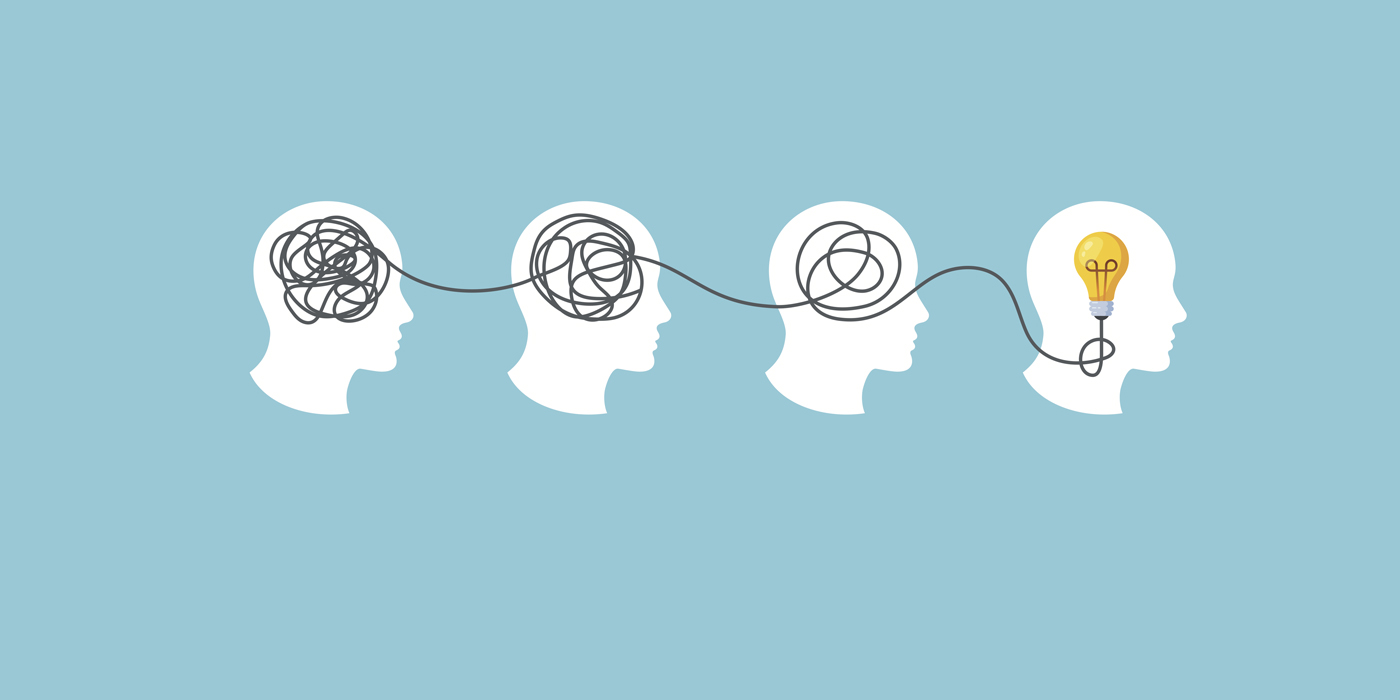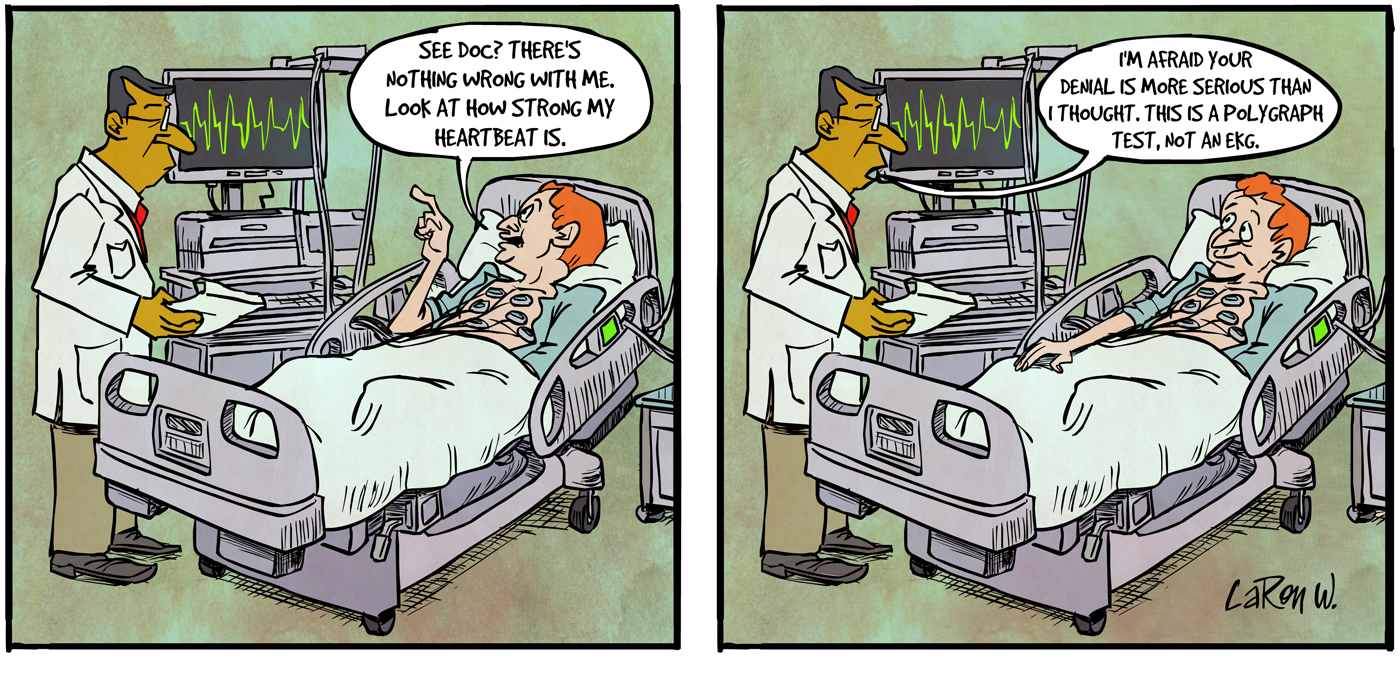
Through the grace of God and this program, I’ve been sober since March 4, 2006. I believe that the best way to help “the sexaholic who still suffers” (Tradition 5) is through our sobriety definition. This is the SA message that we carry to the newcomer in our meetings. I believe there are many ways to achieve sobriety from sexual addiction, but there is only one way to achieve recovery from sexaholism — that is by working the SA program.
The miracle is that it can work for anyone. As it says in our White Book, “whether we are male or female; married or single; whether our acting out was with the same or opposite sex; whether our relationships were “committed,” “meaningful,” or simple one-night stands, and whether we resorted to just a little sex with self as a “physical outlet” (SA 2), “rarely have we seen a person fail who has thoroughly followed our path” (SA 206).
To me, the most important part of our sobriety definition is what appears in italics, “sexual sobriety also includes progressive victory over lust” (SA 192). SA is the only S-program that offers a solution to my lust problem, and that’s why I would never want any other program of recovery in my life.
I started lusting after, and acting out with the other boys in elementary school. I never stopped lusting after and acting out with myself or with other men until I came to SA at 54 years of age. I had been married for over 30 years. I had been aroused by my wife at times, but my lusting was mostly about other men. There’s lots more to the “what [I] used to be like” (SA 206) part of my story, but I don’t need to go there here.
My story is not only for same-sex lusters. It’s not only for married same-sex lusters, nor just for men or even older men. The beauty of our SA stories is that we all can relate because we are all powerless over lust in all its forms.
Gratefully, I’ve learned in SA that triggers are triggers, and lust is lust. This truth has set me free of worry, shame, and much fear.
What are triggers? To me, triggers are external stimuli that come through my senses and that get sexual thinking (my lusting) to start up or intensify.
When I first came to SA, I wanted to be like the men I saw in meetings. I’ve wanted to fit in with the “other guys” all my life. I quickly got a sponsor and asked, “Why do I have these triggers?” All he would ever say was, “because God gave them to you”—end of explanation. I’m grateful that he never focused on helping me understand myself or explore my inner child. Apparently he knew all would take care of itself as I worked the Steps.
Over the years I’ve sponsored guys with lots of different triggers: shoes, certain types of pants, people with specific skin color, hair color, certain ages . . . the variety of triggers out there is endless. I finally realized that just as HP made each person a person, HP also gave each of us our own unique triggers. Today, I don’t care what my sexual triggers are. What unites me with everyone else in SA is that I’m simply a sexaholic and what works for their recovery, works for mine. My triggers may be different or uncommon, but they are neither good nor bad, right nor wrong. They’re just triggers. And that makes me just a sexaholic.
Our world is full of sexual triggers (sex sells, you know!). What has worked for me is to work the second point of the “eighteen wheeler” as if my life depended on it. I need to eliminate “from what [is] under my control” (SA 158) as many sexual triggers as I can. I don’t own a TV. I rarely watch movies. I don’t go to the beach or pools. I don’t go to gyms. I’m so sensitive to triggers out there, I have to treat it like an allergy. I prefer to live my life as comfortably as possible, and as a sexaholic, I can’t be comfortable with triggers bombarding me from every direction.
I look at sexaholism in terms of the SA sobriety definition, which includes “progressive victory over lust.” I see “sex addiction” as only covering physical acting out. SA is unique in that “sexaholism,” with its attention to lust, completes the three-fold healing this problem requires: physical, spiritual, and emotional.
As AA’s Big Book states, “Here are the steps we took, which are suggested as a program of recovery” (AA 59) I’ve found sobriety and recovery by working the SA Steps with an SA sponsor who has an SA sponsor.
When I first came to SA, I stayed sober with others’ help, but I carried lots of fear. That began to change as I kept coming to meetings, calling other SA members, meeting with my sponsor, and working the Steps. I developed a relationship that kept me sober, and that was with HP. I learned how to surrender my lust to HP rather than to push lust aside in my brain just to stay sexually sober.
I remember one oldtimer in my home group suggesting to me, “listen to a talk by another oldtimer, Jess L.” Jess suggested that our first lust thought was on God (triggers are gonna happen, right?), but the second lust thought, we just couldn’t allow. Wow! I thought, That’s not progressive victory over lust, that’s impossible!!
Thankfully, Jess actually explained how to surrender lust. He suggested, as soon as I could feel myself lusting, I start praying short, repetitive prayers beseeching Higher Power to take my lust from me. Then he suggested I pick up the phone, call my sponsor first, then call other SA friends and keep talking about my lust thoughts. Jess said that he could always keep surrendering longer than his luster could lust. Gratefully, I’ve come to know he was right.
I’ve used Steps 6 and 7 over and over on my lust. When I did, I became willing to surrender more and more quickly. With practice, I could surrender lust after my first lust thought. What a miracle!
As I grew in recovery I didn’t even want to entertain the second lust thought. I knew it would lead me to a third one and a fourth. And then I’d play that video in my mind as craving developed, and I’d inevitably act out again.
I used to think that a lust thought was my biggest problem. In reality, my problem is when I allow my lust thoughts to build up. Lust would tell me things like, “You can’t stop . . . You never could stop . . . You don’t have the right relationship with your Higher Power to stop . . . You’re not worthy of stopping . . . You enjoy this too much to stop . . . Why not just act out this one time? You can handle it . . . You can stop next time!”
By surrendering lust and doing it “one day at a time,” I’ve now celebrated 18 years of recovery in SA. I have never felt more connected to Higher Power and to all of you.
I am in awe of SA. I am in awe of how it feels between my ears most of the time. I am in awe of how power has been taken away from the triggers that used to cripple me. I am in awe of how quickly I can turn anybody back into a real person in my mind. I am in awe of Higher Power, who has made my new way of thinking possible. And because we are all powerless over lust, I have never felt more the same as everybody else.
Is our Statement of Principle exclusionary? I don’t think so. I think it’s just difficult for people to understand the difference between sobriety and recovery. As we say to the newcomer, “We have a solution. We don’t claim that it’s for everybody, but for us, it works. If you identify with us and think you may share our problem, we’d like to share our solution with you” (SA 2).
If newcomers put their faith in SA, it can work for them. If you put your faith in SA, it can work for you.
Rich D., USA






